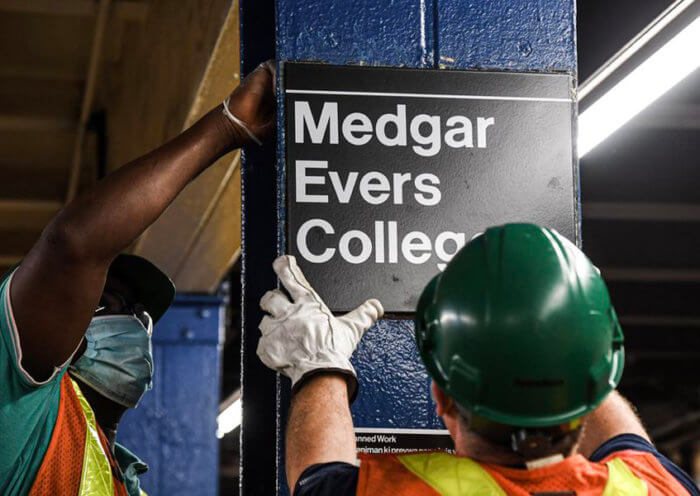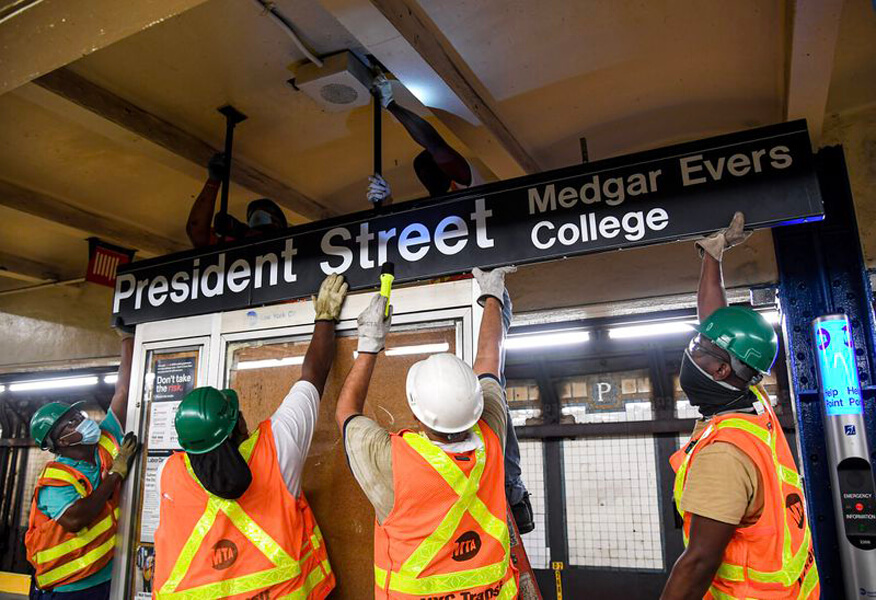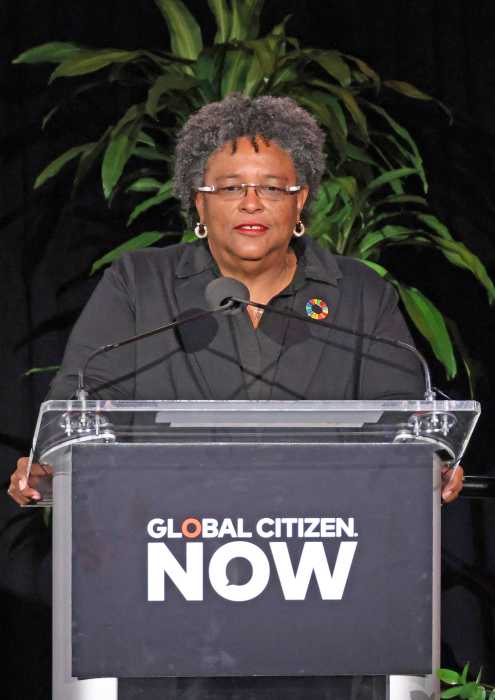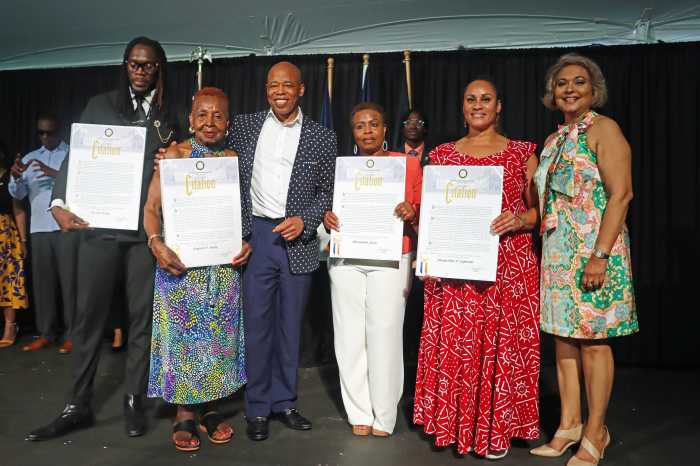America’s rollercoaster ride through 2020 continues to give pause for a future destined to a path looming with clear and present danger.
September traditionally referred to with reference to its rhyming pathology for recall as the calendar month filled with nostalgia will be recalled in 2020 for the topsy-turvy news cycle alerting consistent breaking news related to school re-openings, disclosure of grand jury testimony in the Breonna Taylor murder case, west coast forest fires, the deaths of Justice Ruth Bader Ginsburg and Jamaica’s reggae titan Toots Hibbert, super-spreading COVID-19 events, a national election in Jamaica, hurricane predictions, and a myriad of issues surrounding the first presidential debate.
Followed by the month renowned for its uncertainty and unpredictability, it gained its repute in 1980 when former Republican California governor Ronald Reagan challenged Jimmy Carter, the Democratic incumbent president who pundits said would retain his office. A hostage crisis changed everything hence the “October surprise” which seems to repeat every election cycle.
In 2020 the phrase definitively describes the trajectory to Nov. 3.
On the first day of the month, President Donald Trump tweeted to millions of Americans that he had contracted the coronavirus.
Regardless of party affiliation, Americans were stunned by the news.
Although some admitted no surprise due to the fact the leader had long maintained a no mask wearing practice, rallied with crowds of like-minded supporters, flagrantly ignored social distancing advice, there was a measure of shock and disbelief that prevailed throughout the nation.
The news broke two days after a contentious debate seemed to widen the divide that separates right and left, whites and Blacks, Red states and Blue states, and a plethora of staunchly opposing voters.
October also arrived, one day after California emerged the first state to adopt a law that could legitimize reparation payments to Black residents and all descendants of slaves.
Gov. Gavin Newsom signed a bill that could speed execution of his aim to compensate an entire race because of the injustice he believes must be resolved for the free labor they were forced to perform for 400 years.
“After watching last night’s debate, this signing can’t come too soon,” the California governor said during a videoconference with lawmakers, actor/rapper Ice Cube and other stakeholders.
The law establishes a nine-person task force to study the impact of slavery on Black people in California.
The bipartisan approval also recommends to the Legislature what kind of compensation should be provided and who should receive it and what form it will take. ”
“As a nation, we can only truly thrive when every one of us has the opportunity to thrive. Our painful history of slavery has evolved into structural racism and bias built into and permeating throughout our democratic and economic institutions,” Newsom said in a statement.
Advocates hope that the trailblazing law will become a precedence other states will adopt in addressing the wrongs of enslavement.
“California tries to lead the way in terms of civil rights, and we have a responsibility to do that.”
Slavery became illegal throughout the United States in 1865. Despite that the free state of California made allowances for whites to continue exploiting Blacks.
Another October surprise resonated with irony here when straphangers in Brooklyn witnessed the unveiling of new subway markers bearing the name of a Black Civil Rights advocate who was murdered by white supremacists.

At the Franklin Ave. and President St. subway stations in Crown Heights, Medgar Evers College added to the location and institution named in honor of civil rights activist Medgar Evers.
Needless to say riders were surprised by the bold lettering on the sign and the fact the City University institution is now a landmark stop on the number two train line.
The state legislature approved the renaming earlier this year.
“Today’s subway renaming marks not only a historical moment for the students and staff of Medgar Evers College, it also honors a true American Hero,” Carl Heastie, speaker of the New York State Assembly said on Twitter.
The slain activist was shot in his driveway on June 12, 1963 because he relentlessly tried to register people to vote.
The four-year institution was named for him seven years after his death.
“Before there was a Breonna Taylor, before there was an Eric Garner, before there was a George Floyd, there was Medgar Evers,” State Senator Zellnor Myrie, a co-sponsor of the bill said.
Medgar Evers was killed in his driveway for registering people to vote. He was assassinated by white supremacists because he wanted equal rights for people who look like me.”
Catch You On The Inside!


























